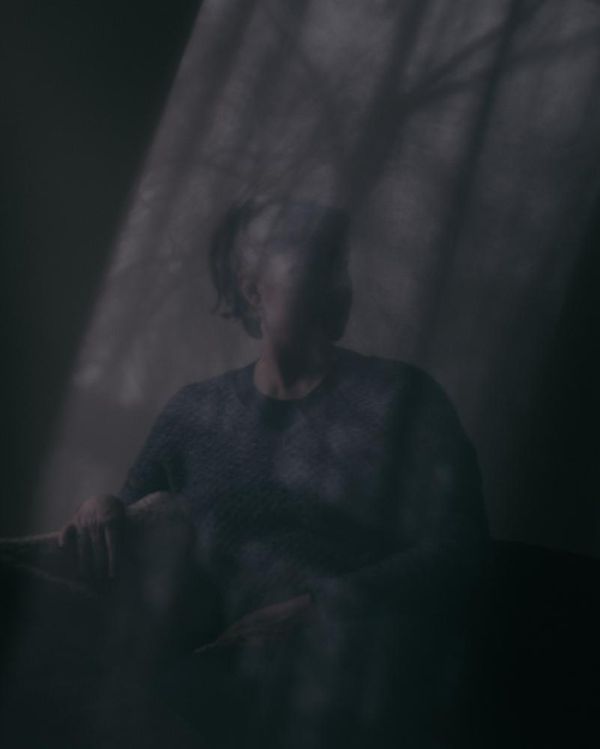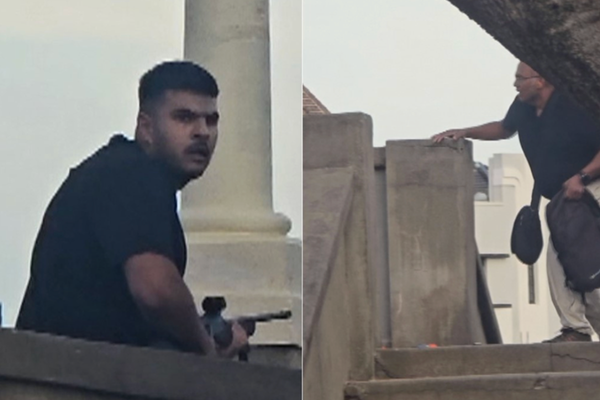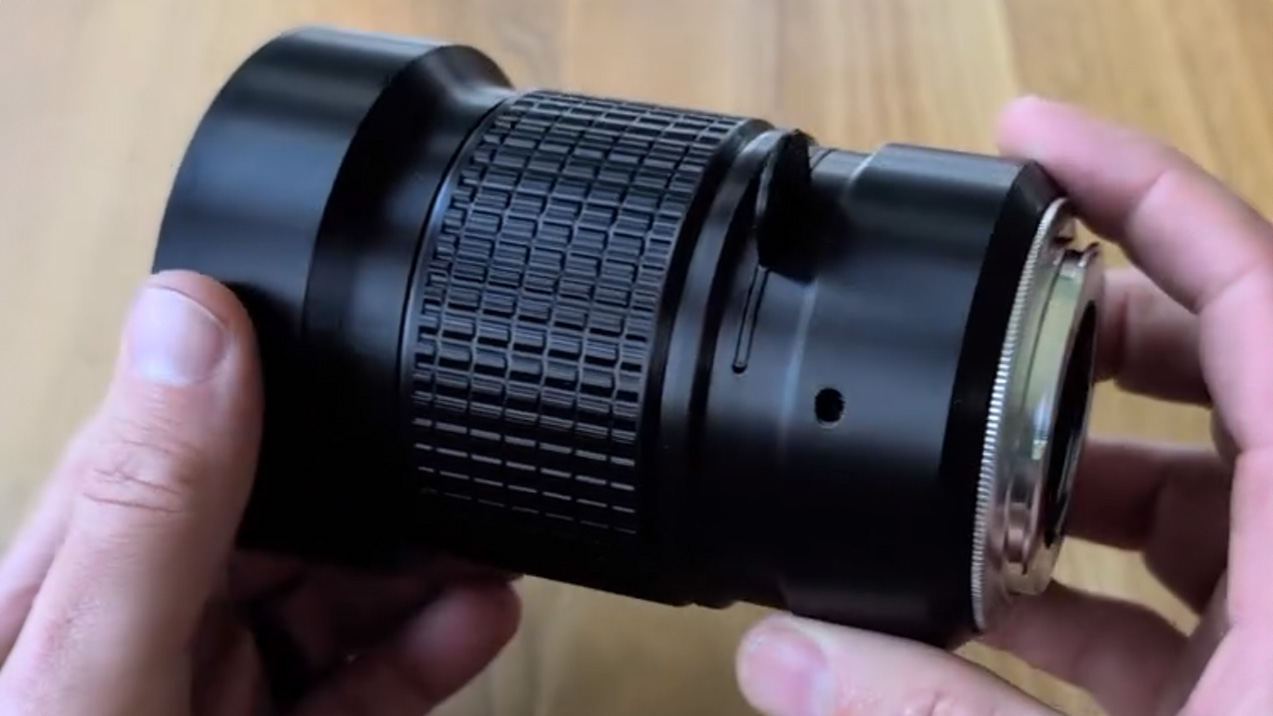
Camera lenses can be very pricey, but help is at hand, courtesy of filmmaker and innovator Tim Irwin. Irwin (Instagram: @functionalfilms) has produced a new low-cost prime lens called the Simple 90. This 90mm prime is made in-house by Irwin himself, who 3D prints the barrel and self-assembles each and every lens. Only the two glass elements and assembly screws are outsourced. The lens elements are arranged in a cemented achromatic doublet, which results in image quality characterized by a sharp central region which transitions into soft, ethereal bokeh towards the edges and corners of frame.

True to its name, the lens uses a very simple means of changing aperture: Waterhouse stops. These are just flat plates containing a hole of a specific diameter corresponding to the desired aperture. One plate is slotted into the lens barrel, thereby restricting its internal diameter down the hole/aperture size of the Waterhouse stop. Three plates are included with the Simple 90: f/2.8, f/5.6 and f/11. Irwin has also thoughtfully made available the 3D printable files for the Waterhouse stop plates, enabling users to print other f/stops or even custom-shaped apertures for unique bokeh effects.
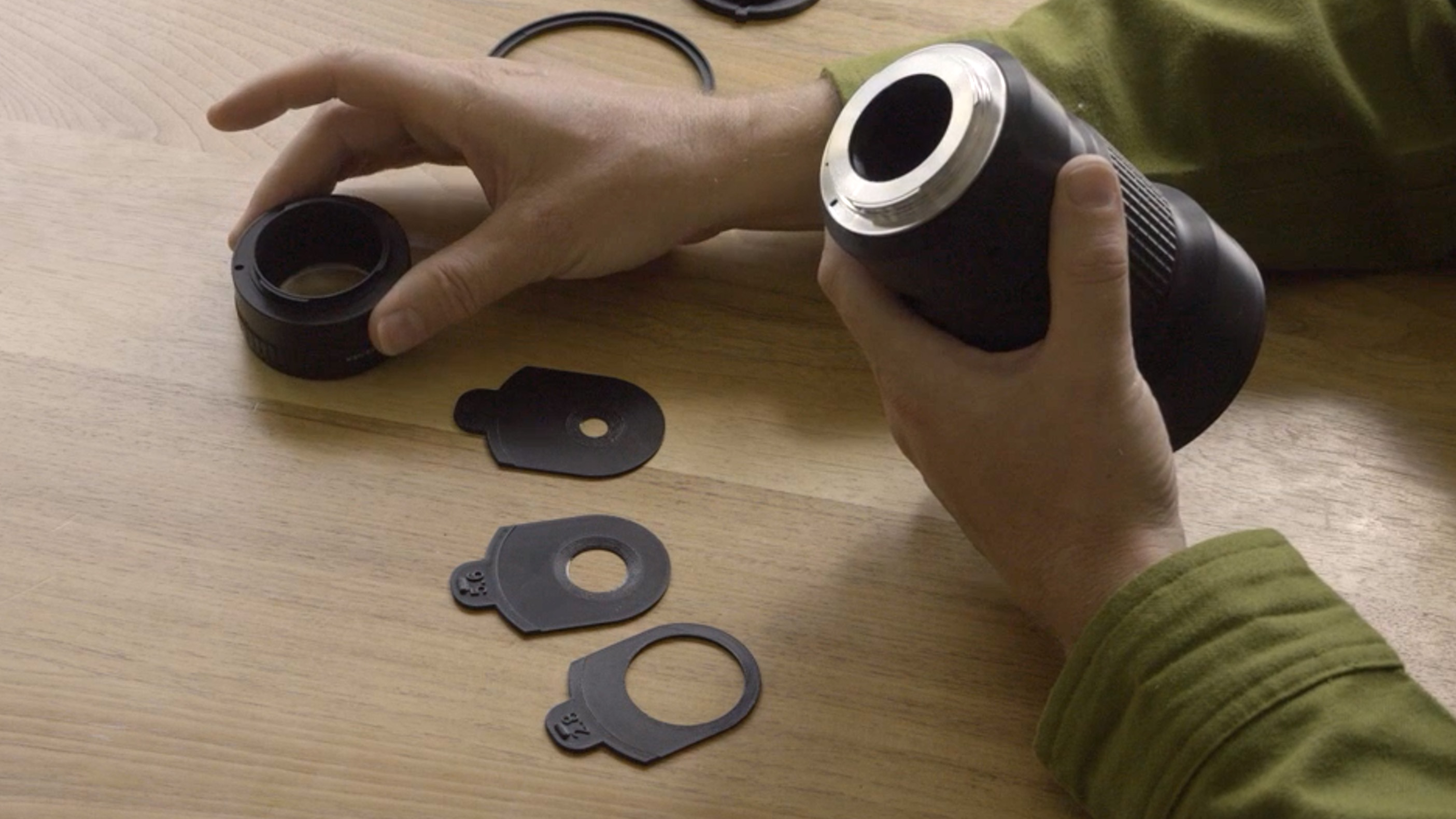
Cheap DIY lenses are nothing new of course. We recently reported on a more extreme budget self-built optic constructed from a section of drain pipe and optical lenses from magnifying glasses - that build cost its maker less than $10. Furthermore, the Waterhouse stop system of aperture adjustment has been used recently in more commercial lenses such as Lomography's Petzval and Daguerreotype Achromat art lenses - lenses which, like the Simple 90, prioritise simplicity and artistic, dreamy image quality over outright sharpness.
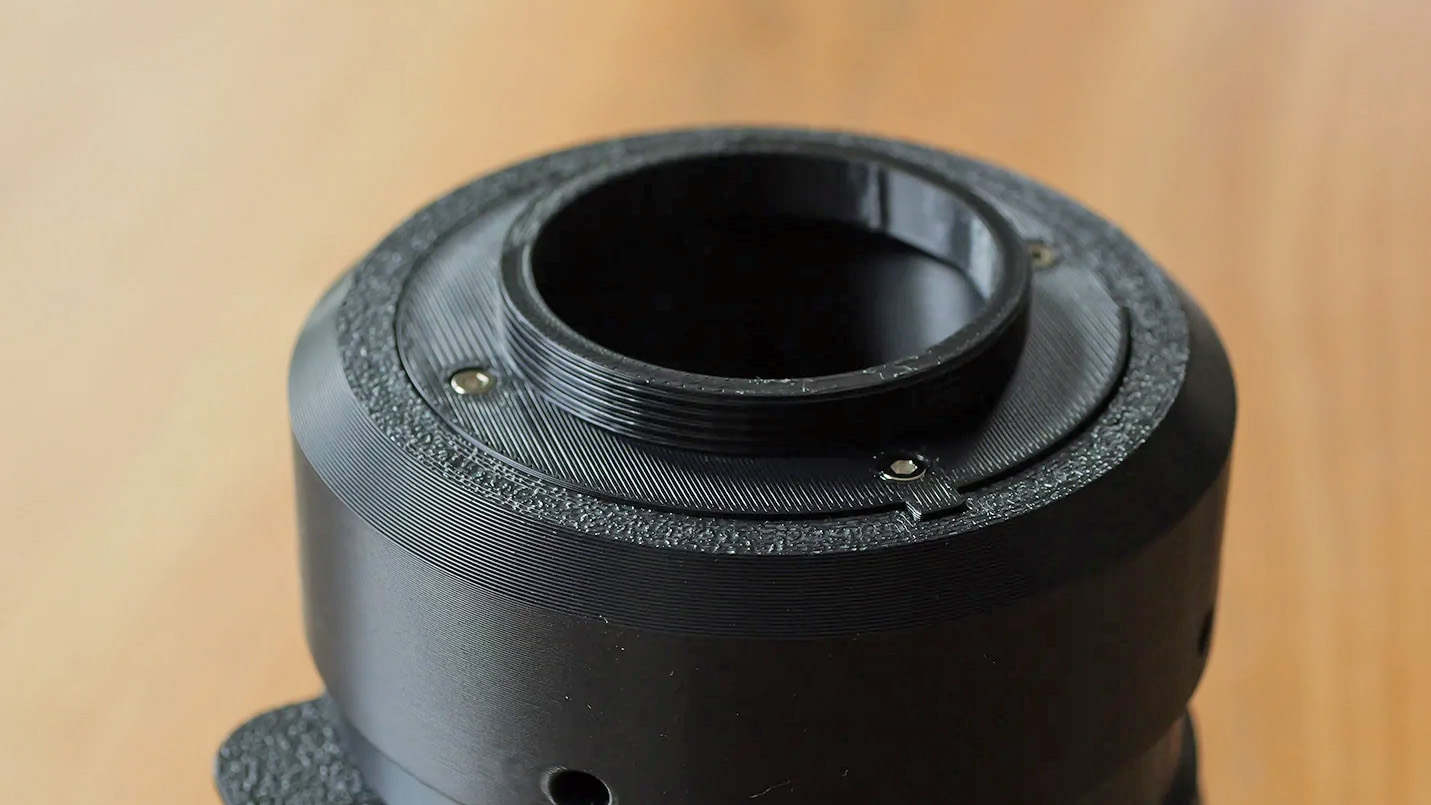
The Simple 90 lens can be purchased direct from The Irwin Workshop, priced at $99/£73.53. The lens is fitted as standard with an M42 screw mount, which can easily be adapted to pretty much any standard manufacturer mount, including Canon EF, Canon RF, Sony E, Nikon F, Nikon Z, Fuji X, L Mount and Micro Four Thirds. Obviously there are no electronics inside, so focussing is manual only, but that's all part of the fun.




